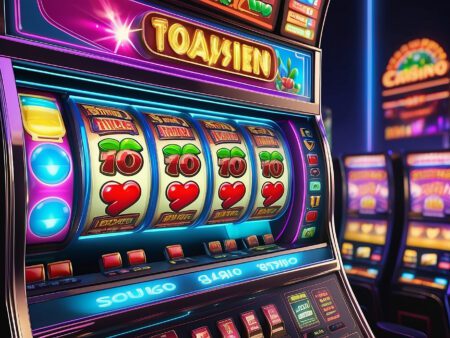Dive into the thrilling world of Blackjack with our comprehensive guide. Learn the rules, strategies, and tips to elevate your game and enjoy responsibly.
Mastering the Art of Blackjack: An In-depth Guide
As an enthusiast in the world of gambling, exploring a variety of games can be both exciting and daunting. One of the quintessential casino card games that has remained an all-time favourite is Blackjack. This captivating game of strategy and chance dates back to the 17th century, and today, it continues to command respect and admiration at both physical and online casinos. In this comprehensive guide, we will dive deep into the art of playing Blackjack, equipping you with knowledge that can help you understand and master the game better.
The Core of Blackjack
At its core, Blackjack is a game that pits players against the dealer. The objective is simple – to have a hand value closer to 21 than the dealer’s, without exceeding 21. Yet, beneath this simple premise lies a game of profound strategy and decision-making.
The Value of Cards
In Blackjack, cards two through ten are worth their face value. Kings, Queens, and Jacks are each worth ten, while Aces can be either one or eleven, making them the most versatile card in the deck.
The Deal and Gameplay
Blackjack usually begins with players placing their bets. Following this, the dealer gives two cards to each player and themselves. One of the dealer’s cards is face up (the “up card”) and the other is face down (the “hole card”).
If the total value of your cards is closer to 21 than the dealer’s, you win! But if you exceed 21, you “bust” and automatically lose. If you and the dealer have the same total, it’s a “push”, and your bet is returned.
Blackjack: An Automatic Win
If your first two cards are an Ace and a 10-value card, you have “Blackjack”, and you win 1.5 times your bet amount, unless the dealer also has Blackjack, in which case it’s a push.
Hit or Stand? The Eternal Dilemma
A critical decision in Blackjack is whether to “hit” (take another card) or “stand” (take no more cards). This decision could greatly influence the outcome of your game. A common strategy is to always hit if your hand totals 11 or less, as you cannot bust. If you have a hand total of 12 or more, the decision becomes more complex, as you risk busting.
Doubling Down and Splitting
“Doubling down” means you can double your initial bet after receiving your first two cards, but you can only draw one more card. It’s a risk, but one that could pay off if used strategically.
“Splitting” is an option if you receive two cards of the same value. You can split them into two separate hands and place an additional bet equal to your original. This effectively gives you two chances to beat the dealer.
Insurance and Surrender
If the dealer’s up card is an Ace, you can take “insurance,” which is a side bet that pays 2:1 if the dealer has Blackjack. While it might seem tempting, the odds are typically against the player, making it a less favorable bet.
Some casinos offer the option to “surrender.” This means that if you believe your hand is likely to lose, you can forfeit the round and reclaim half of your bet. It’s a conservative strategy that can help manage your bankroll effectively.
Card Counting: The Controversial Strategy
Card counting is a strategy where players try to keep track of the ratio of high to low cards left in the deck. This information can help determine the optimal betting and playing decisions. However, casinos look down on card counting and may ban players suspected of this practice, especially in physical casinos. Online casinos use random number generators and shuffle the cards after each hand, making card counting virtually impossible.
Practical Tips for Blackjack Success
Understanding the rules of Blackjack is just the start. Here are some tips to help you play smartly:
- Learn Basic Strategy: Blackjack basic strategy is a mathematically optimal way to play that can minimize the house edge.
- Manage Your Bankroll: Set a budget for each session and stick to it. This keeps your gameplay enjoyable and sustainable.
- Avoid the Insurance Bet: Despite its appeal, the odds are usually against the player, making it a risky move.
- Practice: The more you play, the better you get. Online platforms offer free versions of Blackjack where you can practice without risking real money.
- Mind the Table Rules: Different casinos may have different variations and rules for Blackjack. Ensure you’re familiar with these before you start playing.
Remember, the ultimate goal of playing Blackjack, like any other casino game, should be to have fun. With a sound understanding of the game’s rules and strategies, you’ll be well-equipped to enjoy and succeed at the Blackjack table.










